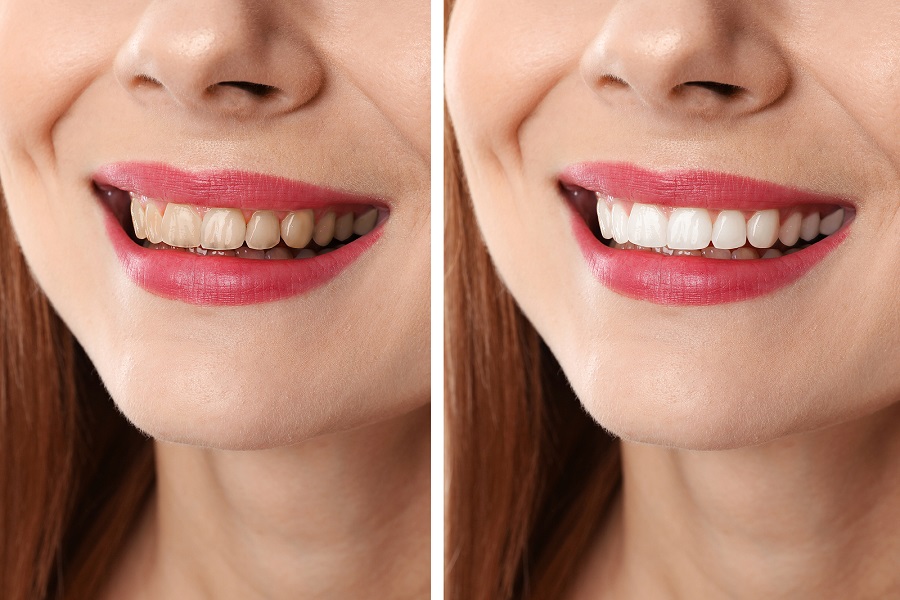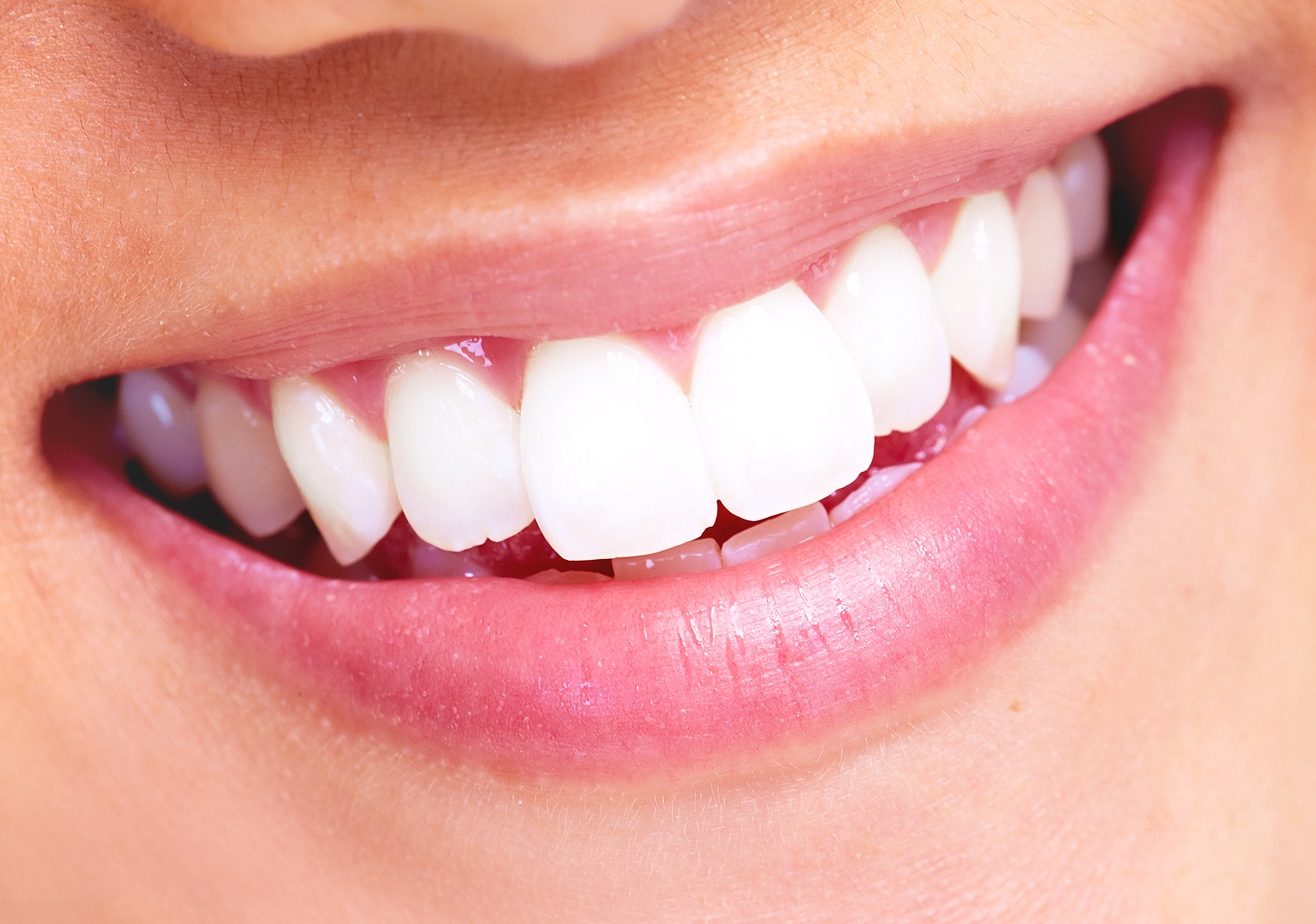DO I HAVE A CAVITY? HOW TO IDENTIFY A CAVITY
Tooth cavities don’t just happen to people that don’t take care of their teeth. Besides the common cold, tooth cavities are the most common health disorder in the United States. Even if you take meticulous care of your teeth, you need to know how to spot a cavity. Cavities are formed when tooth decay begins to create holes in your teeth. They’re primarily caused by mouth bacteria, sugar, and starch. Poor hygiene can exacerbate the issue, but plaque and tartar occur naturally as well. Catching a cavity early is important, as the longer a cavity goes untreated, the more damage can be done. Eventually, you may develop gum disease, nerve infection, or even lose your tooth. If you’re wondering, do I have a cavity?, below you’ll find some of the most common signs you’ll need to watch out for. If you experience any of these signs, or aren’t sure about them, make sure to schedule an appointment as soon as possible by clicking here.
TOOTHACHE
One of the first and easiest signs of a cavity is a persistent toothache. The first sign of significant damage is when your tooth hurts while you’re eating. At that point, you should reach out to your dentist for an exam. If it starts to hurt even when you aren’t eating, then it’s possible that an infection has developed. You need to seek immediate assistance before any further nerve damage occurs.
SENSITIVITY TO HOT OR COLD
A cavity will often cause sensitivity to extreme temperatures, whether it’s hot or cold. If you start experiencing pain whenever you sip a cup of coffee or a cool drink, there’s a good chance that you have a cavity. There are, however, some other problems that could cause sensitivity to temperature, so it’s a good idea to get it checked out.
SENSITIVITY TO CERTAIN FOODS
Cavities are often formed by sugary or starchy foods, so one of the first signs of a cavity is when foods packed with sugar or starch start causing a reaction. If you’re experiencing a bit of pain or a nagging, tingling sensation when eating foods rich in sugar or starch, it means you probably have a cavity.
HOLES OR BROWN SPOTS ARE VISIBLE
Cavities do typically form in spaces that you can’t easily see, but it’s possible that you’ll be able to spot them yourself. If you notice holes or brown spots on any part of your tooth, it’s definitely a cavity. You might also notice that your teeth have become brittle, or chipped easily. In some cases, especially when there’s root damage, your entire tooth might even change color.
BAD TASTE OR BREATH
The same bacteria that causes cavities will leave a persistent bad taste in your mouth, and possibly even leave you with bad breath. Cavities holes will also tend to trap bits of food, which will also cause bad breath as it continues to decay.
BLOODY GUMS
Typically, bleeding gums is a sign of gum disease, especially if they’re inflamed. If you brush a cavity accidentally, however, it can cause an injury that leads to bleeding. If you often bleed when you brush your teeth, you should visit your dentist right away. Whether it’s gum disease or a cavity, you’ll want to get it treated right away. You can’t prevent cavities completely, but you can take small steps to try and protect yourself. The easiest thing you can do is start brushing and flossing your teeth regularly. This will remove bacteria and bits of food from sticking to your teeth and festering. The most important thing you can do, however, is visiting your local dentist at Biltmore Commons at least twice a year. They’ll be able to help you clean your teeth and prevent cavities, and catch them before you experience too much pain or damage. If you want to avoid cavities completely, you have to make sure you don’t avoid the dentist!






















0 comments